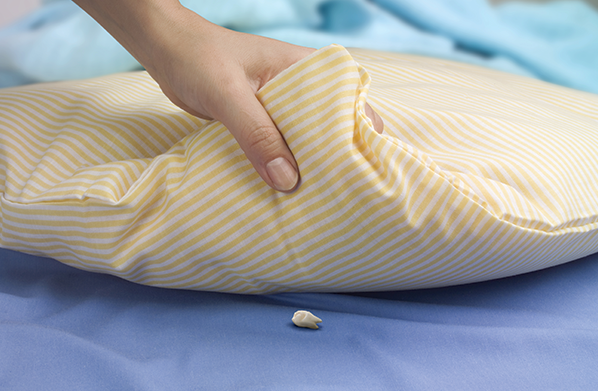It’s typical nowadays for people to take things way too seriously. That’s precisely what normally charming astrophysicist Neil deGrasse Tyson did when he claimed that parents who promote traditional childhood fairytales, like the Tooth Fairy and Santa Claus, are participating in a “hoax perpetuated by adults on children.”
Sheesh. Take it down a couple light years, Neil.
Appearing on The Late Late Show with James Corden, Tyson was asked how he and his wife handle these decidedly unscientific issues. Forgetting he was on a comedy show, Tyson launched into an invective he usually reserves for conspiracy theorists, saying that he and his wife “are not going to lie to our kids, because the universe is amazing enough we don’t have to invent stuff just to keep kids entertained.”
Yes, yes, stars and planets and suns and moons and science and all that. It’s all just incredible . . . everyone thinks so. Yet, is appreciating the wonderment of the world and carrying on parenting traditions like Santa Claus mutually exclusive? Does appreciating the natural wonders of the universe necessarily diminish the joy of putting out cookies and celery for Santa and his reindeer? Does star gazing with your child preclude a reading of The Night Before Christmas before tucking little Timmy and Susie into bed on Christmas Eve? If we enjoy a trip to the planetarium, or appreciate Tyson’s Cosmos: A Spacetime Odyssey television program, does it mean we can’t have a little fun stuffing a dollar bill under a child’s pillow after the trauma of losing a tooth?
Tyson also seems to forget the practical uses for these myths. They make kids (and parents) happy and can bring a small measure of relief to some tough parenting situations. Consider, for instance, the rather macabre childhood milestone of losing teeth, a phenomenon I suppose belongs in Tyson’s category of natural and “amazing” things. But, let’s be real: It’s gross and, at the very least, it’s irritating to have a wobbly tooth hanging out in your head. Kids often complain that they can’t bite down on food, and when the tooth really gets loose, it often begins to hurt as the jagged upper edge inflames the gums.
Worse still, these irksome loose teeth can hang on for weeks. It’s common for kids to refuse to let their parents pull the tooth, releasing it from that one remaining, and stubbornly strong piece of tissue keeping it anchored in place. But at the end of all of this trauma, guess what? A kid gets a dollar or two, which makes losing the next tooth slightly less distressing since it’s another opportunity to earn some money.
Tyson did end up climbing down from his lofty scientific perch just long enough to tell a delightful story about how his daughter and her friends decided to test the theory behind the Tooth Fairy. Tyson’s daughter and her friends agreed, as a group, that when the first among them lost the next tooth, they would place it under their pillow without informing their parents. Sneaky, and brilliant. The next day, Tyson, explains, the tooth was still there, which proved to this gang of science-minded friends that the Tooth Fairy was, in fact, a made up story. This is an exercise that I fully endorse: critical thought, experimentation, testing theories, outsmarting your parent . . . well done, kids!
But Tyson should also remember the importance of teaching our kids about the wonders of imagination, the joy of story-telling, the importance of a sense of humor, and the value of staying a kid for a little longer. These “hoaxes” perpetuated by adults on children are one fine way to do that, and do nothing to detract from our appreciation of other wonders of the world, whether they are made up or a part of nature.


